User Experience Design
What is experience design? It’s the marriage of clarity and usability. Above all, it’s knowing what the solution is before the problem is even presented.

Copywriter, Harbour.Space University
What is experience design? It’s the marriage of clarity and usability. Above all, it’s knowing what the solution is before the problem is even presented.
Why do we consider UX/UI a map? Because projects and programmes, no matter how well coded, need clarity and direction. If the user can’t navigate their way around a well-structured website, or make heads-or-tails of the next digital product, then it’s a wasted effort. Enter the User Experience Design.
User experience design, the growing field of human/machine interfacing. It is the map to our future in the digital sphere. Make no mistake, it is an ever-evolving, living and breathing organism.
UX designers are the digital cartographers of the 21st century.
User Experience Design: the Jacks-of-All-Trades
There is no set pathway to become a UX designer. We see designers with backgrounds in front end development, engineering, visual designing, psychologists, and architects. As a result, they've all gathered to curate this field as it grows through the jacks-of-all-trades who continue to expand its definition.
Experience Designers are an emerging and important role within organizations. Talented Experience Designers are visual visionaries and confident collaborators that understand the social, emotional, and cultural impact of their work — rewarded for being in-tune with the ever-changing landscapes of technology, media, and business
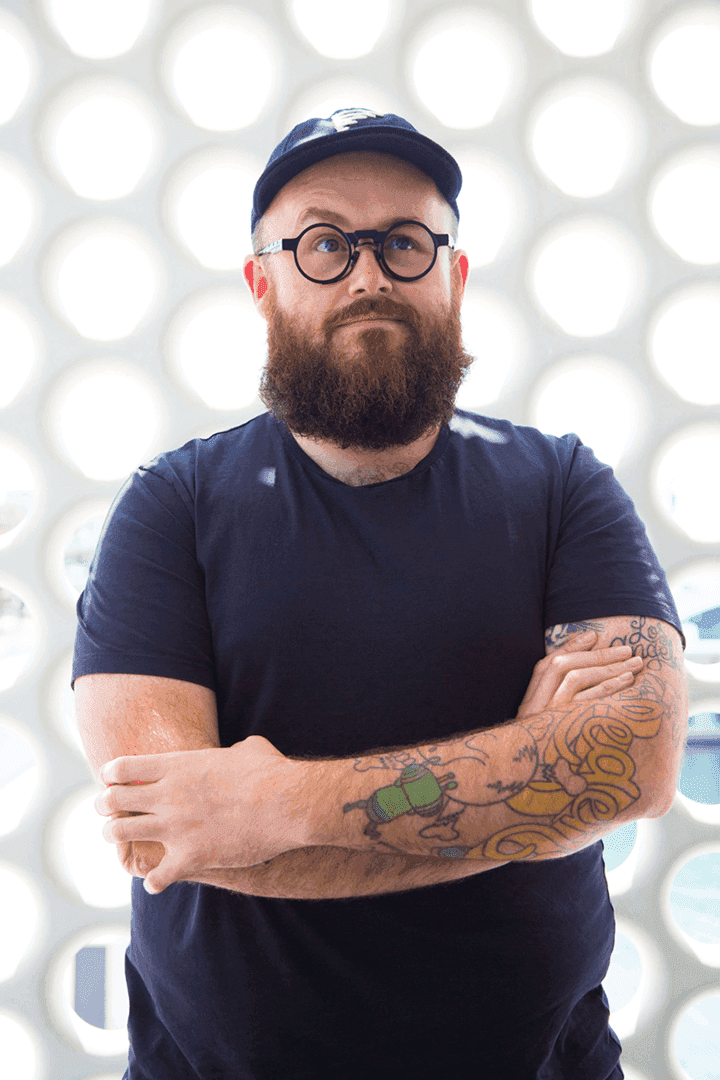
A UX designer implements the ways we interact with the digital and physical from the beginning to end of our user journey.
What is experience design? It’s the marriage of clarity and usability. Above all, it’s knowing what the solution is before the problem is even presented. Through the utilisation of critical thinking and empathy for the stakeholder, user experience design creates a cohesive partnership between businesses and customers.
User Experience Design (UXD or UED) is the process of enhancing user satisfaction with a product by improving the usability, accessibility, and pleasure provided in the interaction with the product — Wikipedia
The Rule of Six
- Comprehend. Understand the guidelines for the experience you'll be designing
- Research. Researching latest UX trends and competition
- Sketch it. Utilise post-its and wireframes to sketch the best idea
- Design it. Merge typograpy, colors, and icons with your wireframes
- Build it. Implement your designs into a functioning prototype
- Analyse and test. 'Starbucks Test' your product with users and collect feedback
So, let’s break down the six steps to crafting a design experience.
Step One: Comprehension
As the saying goes, ‘Every journey begins with the first step’. This one starts with an understanding of the guidelines for the experience you’ll be designing. The parameters themselves are made with user personas.

You’ve got to start with the customer experience and work back toward the technology, not the other way around – Steve Jobs
A user persona is a reflection of the people who will interact with your product or website directly. Using demographic data, a persona shows who users are, what they need, and the best pathway to get it for them. The user will always be at the core of your user experience designs.
Designing for users requires these personas, which are gained, or created, the old fashioned way - interviews and observation.
At the end of the day, finding the pain points through your interviews are like finding gold nuggets. Your product could be AMAZING, and simply beautiful - but if no one needs it, what was the point?
Step Two: Research
Each project requires some due diligence, or homework if you will, on the:
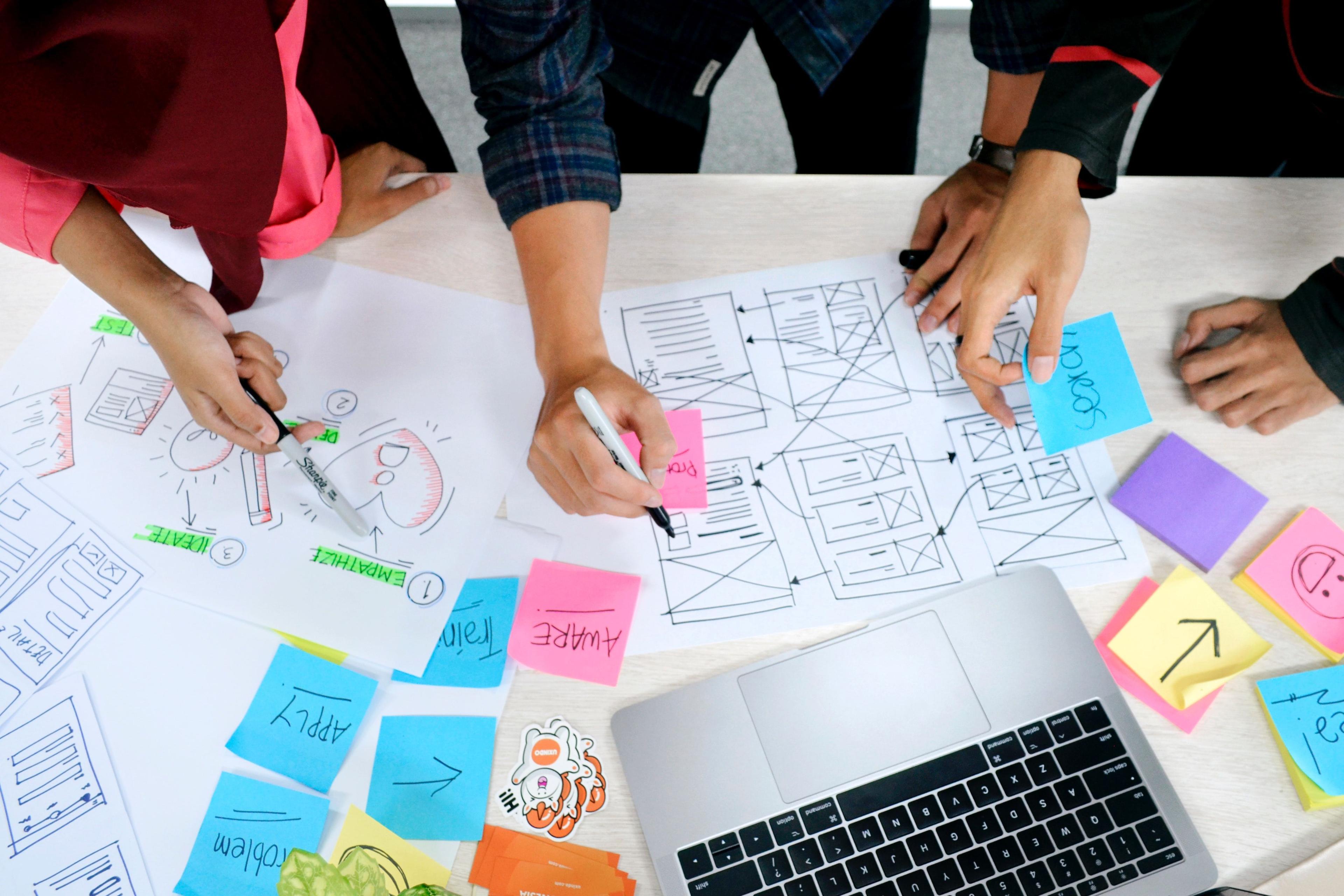
It is easy to fail when designing an interactive experience. Designers fail when they do not know the audience, integrate the threads of content and context, welcome the public properly, or make clear what the experience is and what the audience’s role in it will be - Edwin Schlossberg
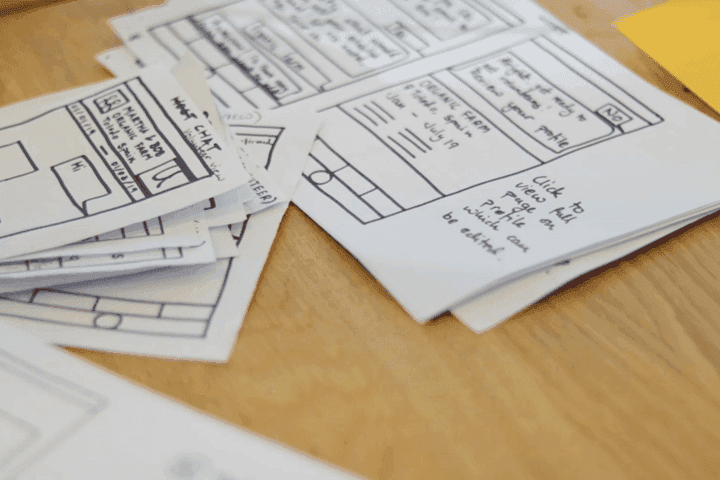
UX guidelines - Studying user experience design guidelines, and design principles.
Latest trends - Keeping up to speed on the current (and upcoming) UX trends.
Competition - One of the biggest takeaways from the research phase is understanding what your competitors are doing, and doing it better.
The research itself became a staple for this field ever since Teemu Leinonen proposed the idea of “research-based design”.
Step Three: Sketch It
Post-its, wireframes, and sketches, oh my.
So you’ve compiled all your ideas - what’s next? Paper sketching and the whiteboard are a UX designer’s best friends in this iterative process.
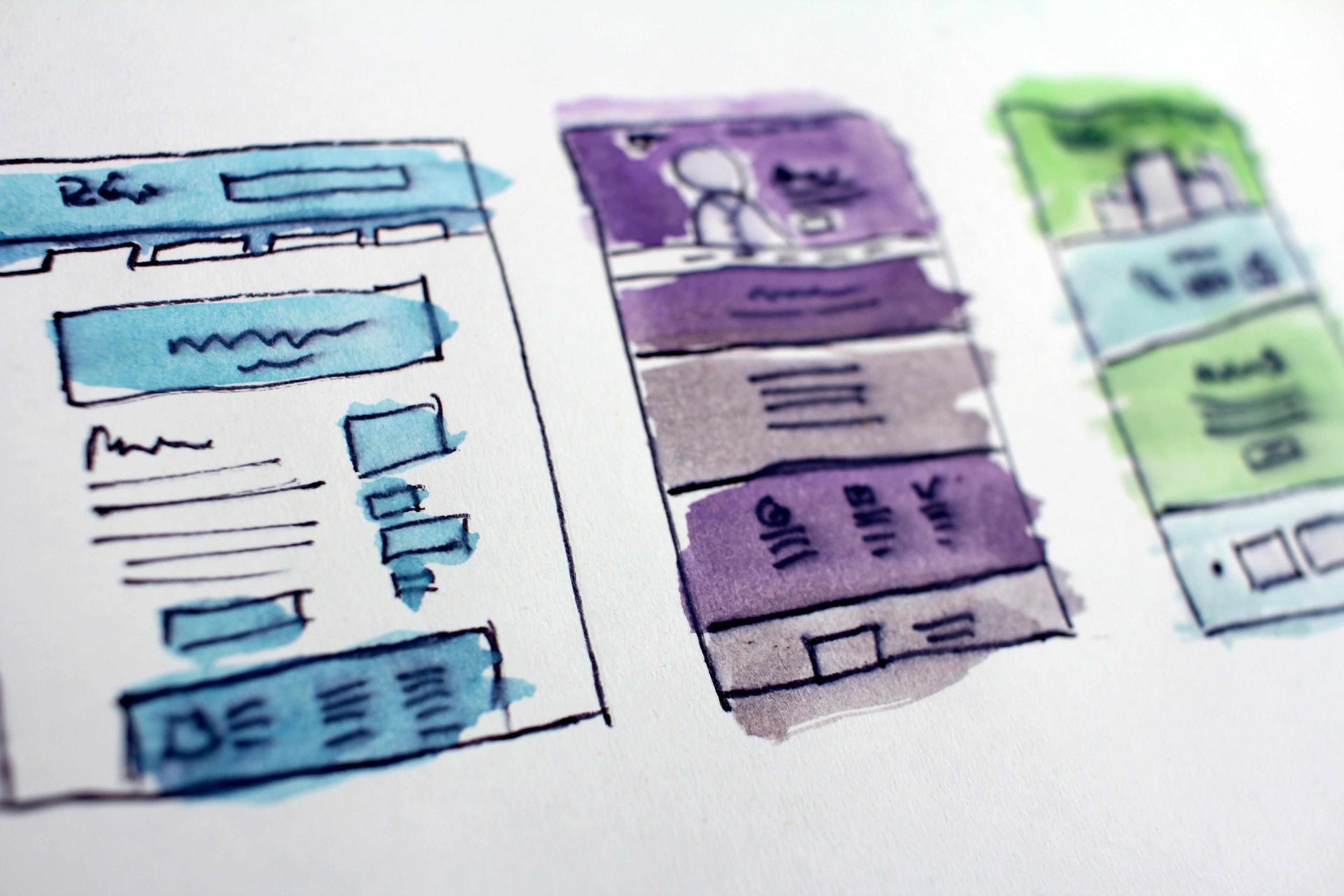
During the bleary days and long coffee-fueled nights, you’ll be wireframing the skeleton of your product. This sets the blueprints in motion.
Why sketch? Because it’s simply the best and easiest way to convey your vision to the stakeholders of your product - and ultimately it helps keep your end-goal in mind: A usable design.
Step Four: Design It
Going by the user experience design guidelines you’ve established, it’s time to gather up your wireframes and mockups, then mold them into some beautiful designs. Utilise your themes and personal style to bring your ideas into the physical. This also includes your specs for typography, colours, and icons.
Step Five: Build It
It’s finally time to implement your designs into functioning experiences. This is where things get technical - whether you choose HTML, CSS, or Java, having some coding abilities is fundamental to this stage. Especially since it connects the back-end with the UI, and thus bring your user experience design project to life.

The goal? Bringing the UI to the forefront with complete usability. This allows for a seamless transition into the final stage of your user experience design project.
Step Six: Analyse & Test
One of the best things to do in this stage is what the industry coined “Starbucks Testing”. Gather up some people around you, bribe them with coffee, and finally let them try out your product.
TAKE NOTES.
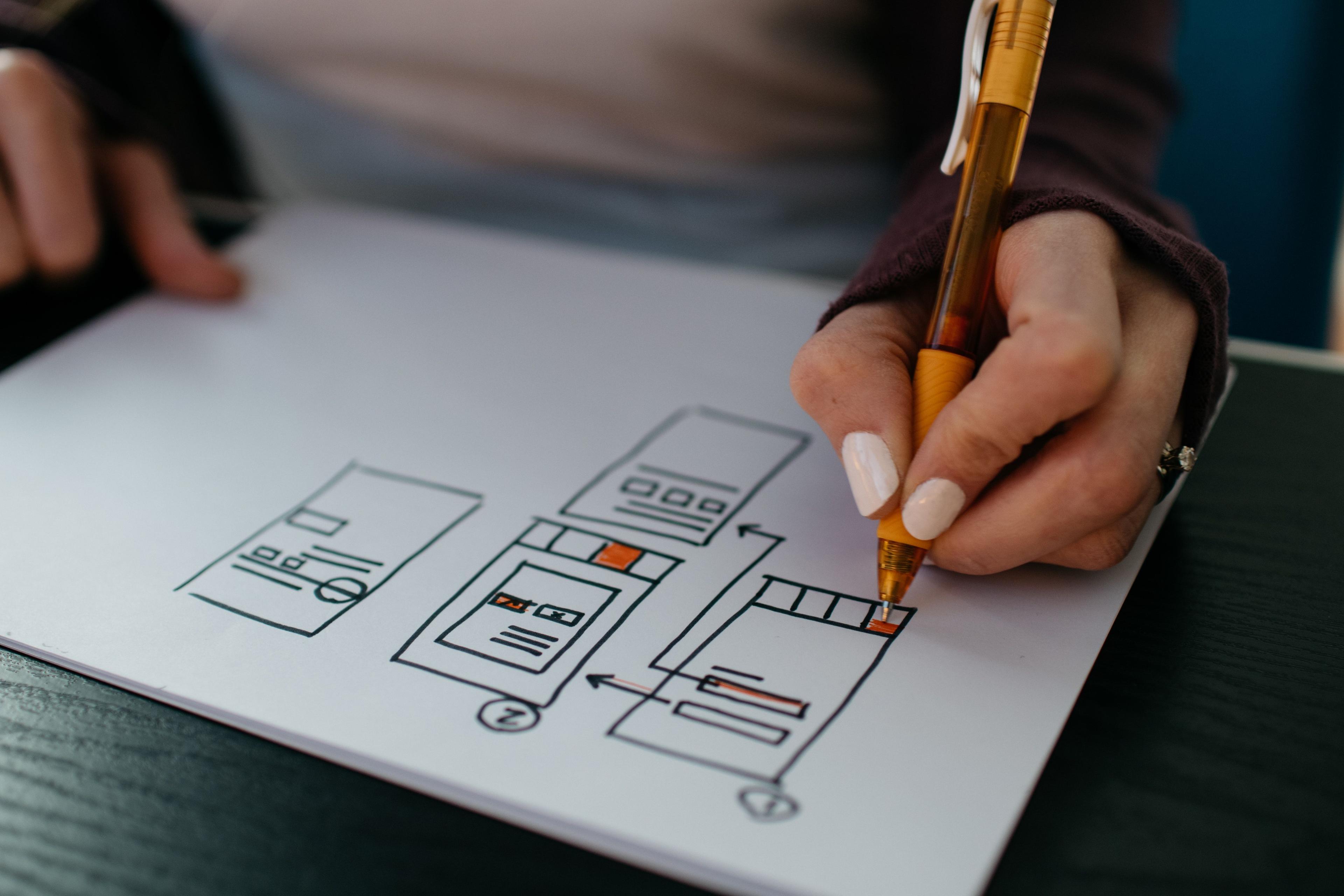
It’s an invaluable part of the test stage to evaluate the way potential users interact with your product. You have to see whether they move smoothly through an app or a website.
Finally ending with how their overall experience is, as they journey through your creation.
Now you find yourself near the end. You’ve made improvements based on user testing. You’ve made reports on your findings, and you’ve delivered a user experience that’s smooth, beautiful, and usable.
The Conclusion
You’ve designed something HUMAN-centred.
Many of you who choose to become a UXer grew up in the digital sphere - a world surrounded and crafted by design. It’s impossible not to be affected by it. If you feel some modicum of empathy coming from that world, it’s because you are already well on your way to becoming an expert UX designer.
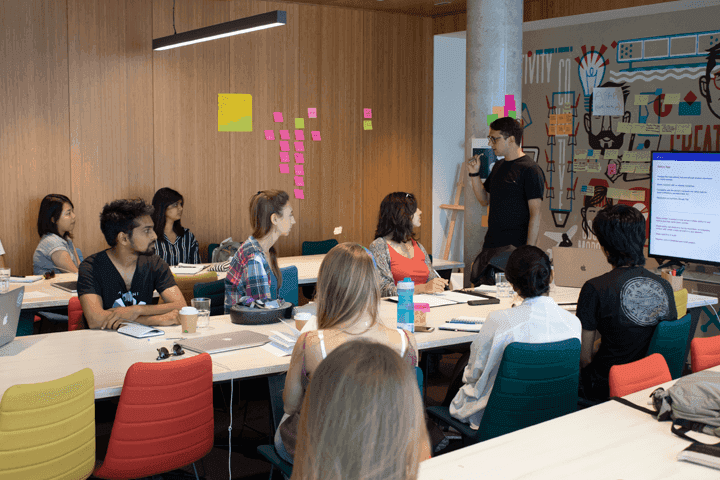
Learn more about how you can implement your User Experience Design from our experts in the Interaction Design Programme!
Thanks for reading
If you’re interested in further growth, take a look at our website to learn what your future could look like at Harbour.Space. Lastly, get in touch with us at hello@harbour.space to let us know your thoughts!
